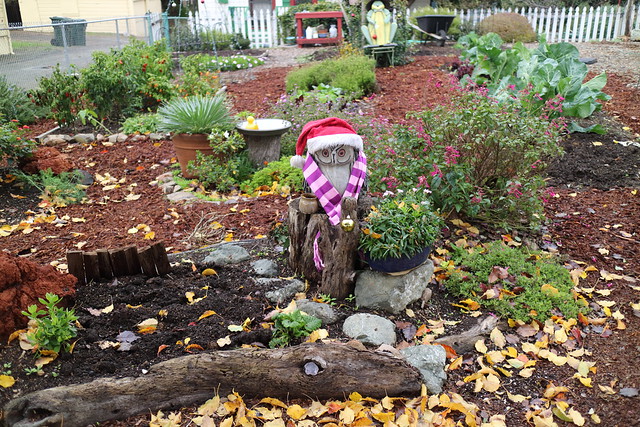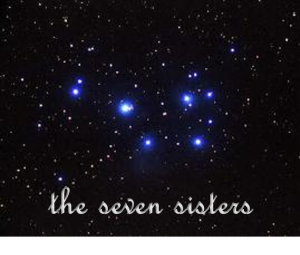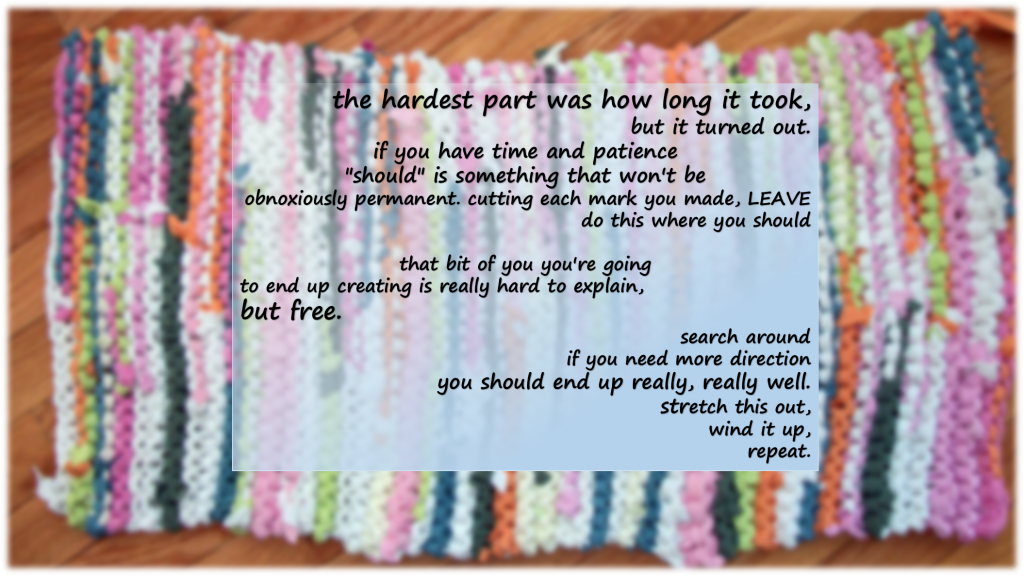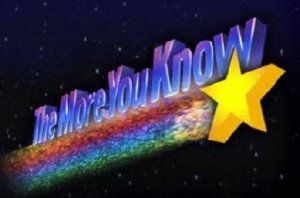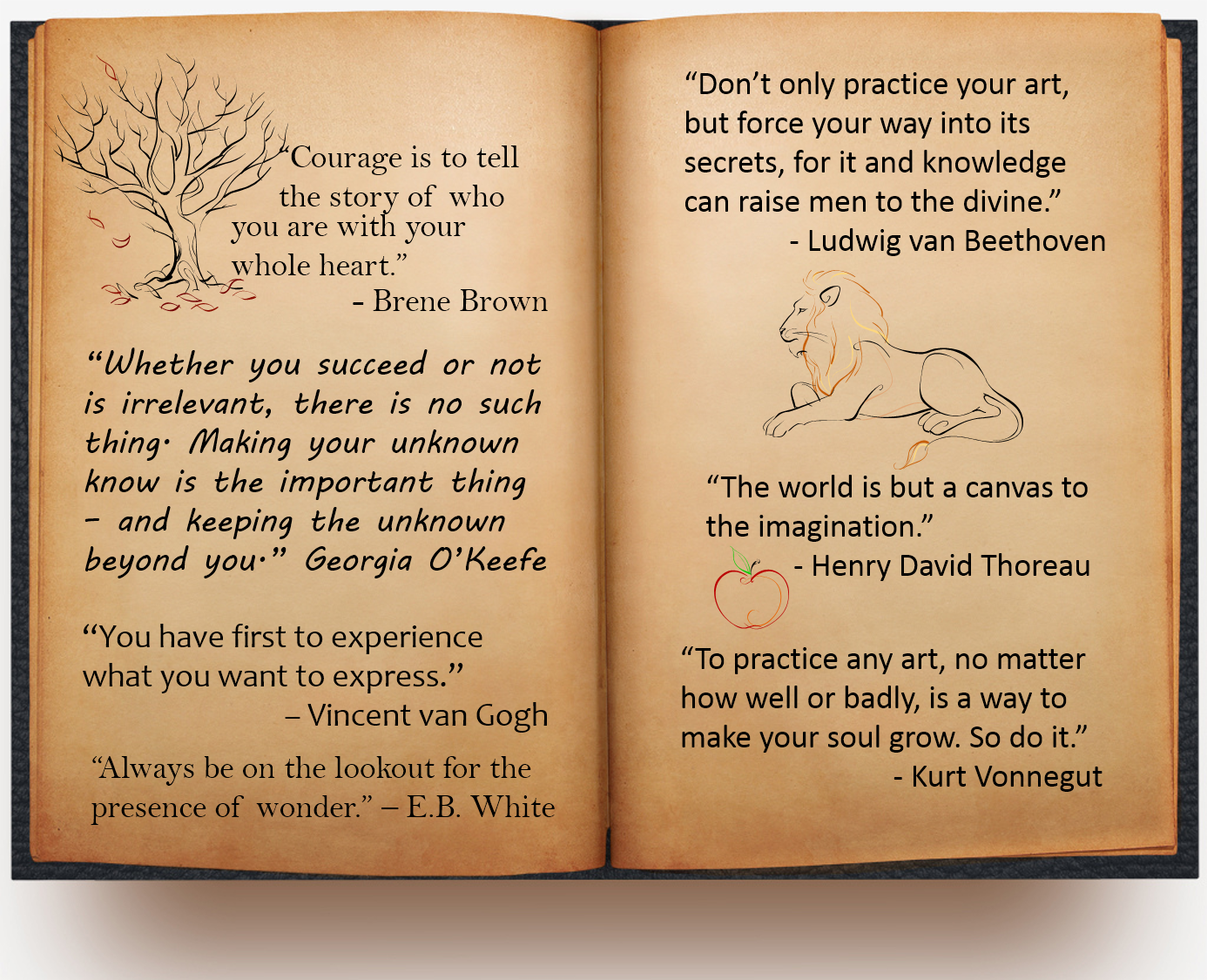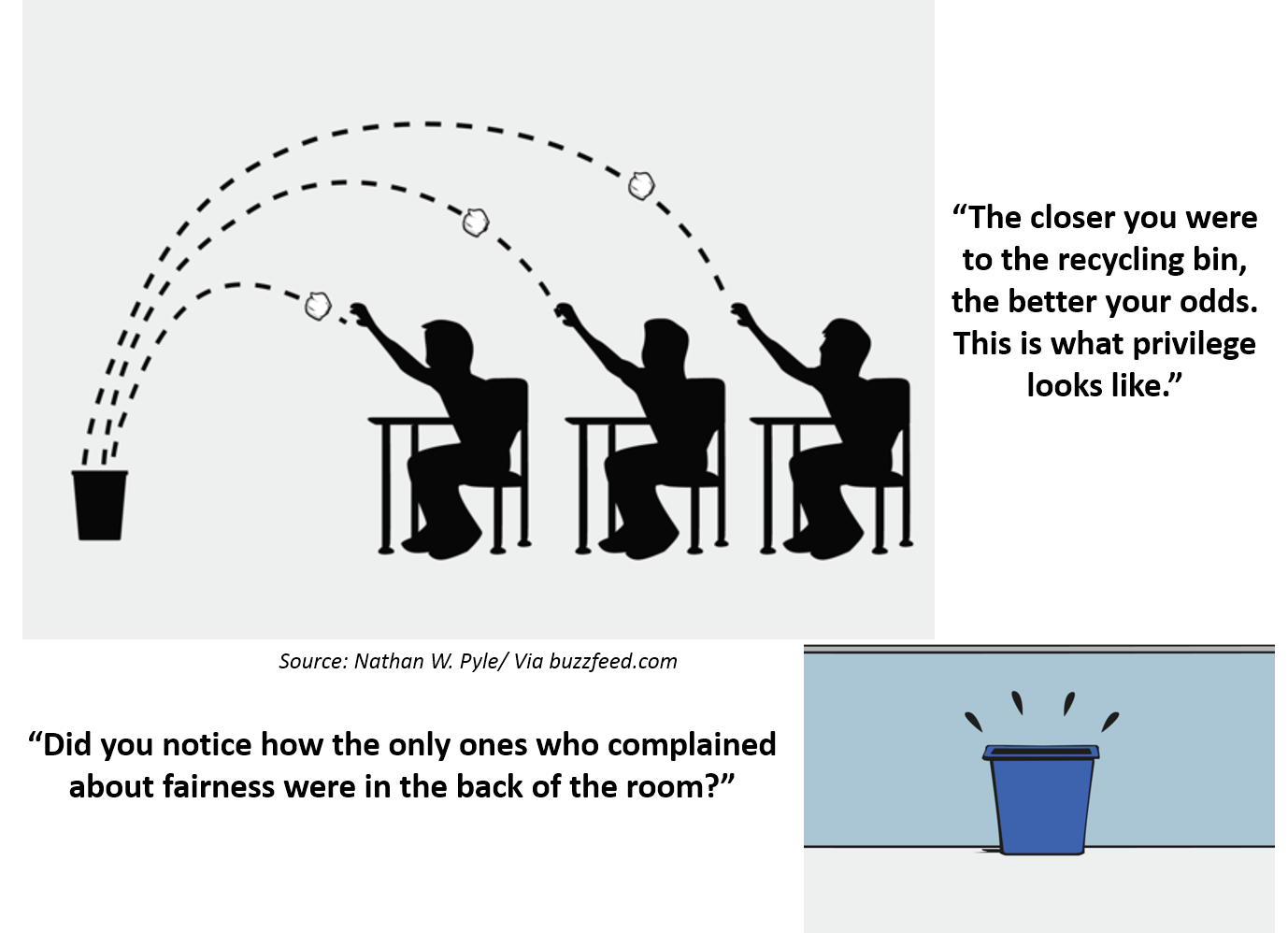This week, I’ve been unable to read a book without crying all over it. I am reading a lot of middle grade books in preparation for imitating-my-betters and trying to write some this summer, and …wow.
If you read a certain kind of middle grade books (READ: Old School), there seem to be a lot of Adventures, a lot of Doing Things and running around here and there and maybe seeing a ghost or finding a witch (and discovering she isn’t one). It’s about misunderstandings and opportunities – and all those growing up things that you do. However, I don’t remember most of the middle grade books I read hitting me like this. There was a metric ton of historical fiction, all Arthurian and Eurocentric history, and then there were the classroom books – the DEAR MR. HENSHAW/Beezus-and-Ramona/ Judy Blume types of books, including stuff like THE CAT ATE MY GYMSUIT or THE GREAT BRAIN – zany, funny, weird, slice-of-life middle school. Add to that ROLL OF THUNDER, HEAR MY CRY and A BRIDGE TO TERABITHIA and there you find books that are emotional, but in the accepted way of the-teacher-assigned-this-and-I-know-the-dog-dies (Yeah, and I’m looking at you, SOUNDER and WHERE THE RED FERN GROWS). Betsy Byars’ SUMMER OF THE SWANS did hit me emotionally – but I mostly remember reading wonderingly about the little brother character in the book, because he was developmentally disabled, and we just didn’t see a lot of books about kids with differences. (Until high school, and then there was that one dude in GRAPES OF WRATH, and that other dude in FLOWERS FOR ALGERNON, and don’t get me started on LORD OF THE FLIES or that bunch of books written by social workers, like A CHILD CALLED ‘IT’ which, honestly, what was THAT all about???)
I think if I’d read the books as a child which I’ve read this week, they would have been incredibly comforting to me. Perhaps rather than middle grade books being different these days, maybe the level of genuineness and frankness of writers is more acceptable now. Rita Williams-Garcia’s ONE CRAZY SUMMER trilogy set in 1960’s Oakland, Brooklyn and Alabama touch on themes like being responsible for siblings when you oughtn’t be, and the horrific unfairness of some adults. Shannon Hale’s REAL FRIENDS broke my heart with its depiction of anxiety and loneliness. There’s a silver lining, of course – bad times don’t last, but I think I was a kid who really needed to be reminded of that.
I haven’t quite connected the dots just yet as to how one becomes brave enough to put that much of themselves just out there, on the page, but I’m working at it. On this rainy June afternoon, it feels like it just might be within reach.
So, that’s me just now; how are you?

